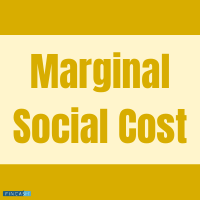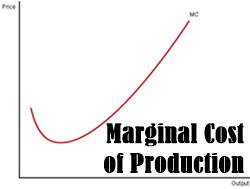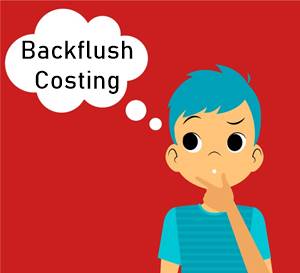
Table of Contents
Marginal Social Cost (MSC)
What is the Marginal Social Cost (MSC)?
Marginal Social Cost refers to the total cost society pays for the Manufacturing of another unit of a product or even for taking further action in an Economy. The total cost for the manufacturing of another unit of a particular commodity is not just the direct cost borne by the producer but it also includes the costs to stakeholders and the environment in general.

The marginal social cost shows how the economy is impacted by the manufacturing of an additional unit of product and service.
Marginal Social Cost Formula
Marginal Social Cost=MPC+MEC
MPC=marginal private cost MEC=marginal external cost (positive or negative)
Cost of Marginal Social Cost
Fixed and variable costs should be account when determining the marginal social cost. Remember that fixed costs remain constant and don’t fluctuate. Some of the examples of fixed costs are salaries or startup costs. However, variable costs change from time to time. One example of a variable cost is the cost that changes based on production volume.
Limitations of Marginal Social Cost
The marginal social cost is a principle in Economics that is a huge deal but its difficult to quantify the same in a tangible amount of money. When costs occur due to production like operational costs and money used by startup Capital, they are easy to calculate since they are in a tangible amount of money. The issue occurs when the effects of production are considered. These costs are difficult to calculate to the exact amount in cash. I various circumstances, one cannot fix a price tag to the effect.
However, the principle of marginal cost can be used to aid economists and other authorities to come up with an operating and production structure which invites corporation to cut down on the cost of the actions they undertake.
Talk to our investment specialist
Important Points about Marginal Social Cost
The marginal social cost is related to marginalism. The concept deals with determining the additional use derived from the manufacturing of additional unit. The effects of these additional units are studied further. The marginal social cost can also be compared to marginal benefit which deals with the amount that consumers are willing to spend to gain an extra unit.
Example of Marginal Social Cost
For instance, imagine your town has a textile Industry. If the industries marginal social costs are higher than the industry's marginal private costs, the marginal external cost is positive and results in negative externality.
This means that it produces a negative effect on the environment and the company has to consider the negative aspect as part of its social responsibility towards the environment and society in general.
All efforts have been made to ensure the information provided here is accurate. However, no guarantees are made regarding correctness of data. Please verify with scheme information document before making any investment.












